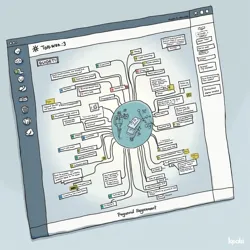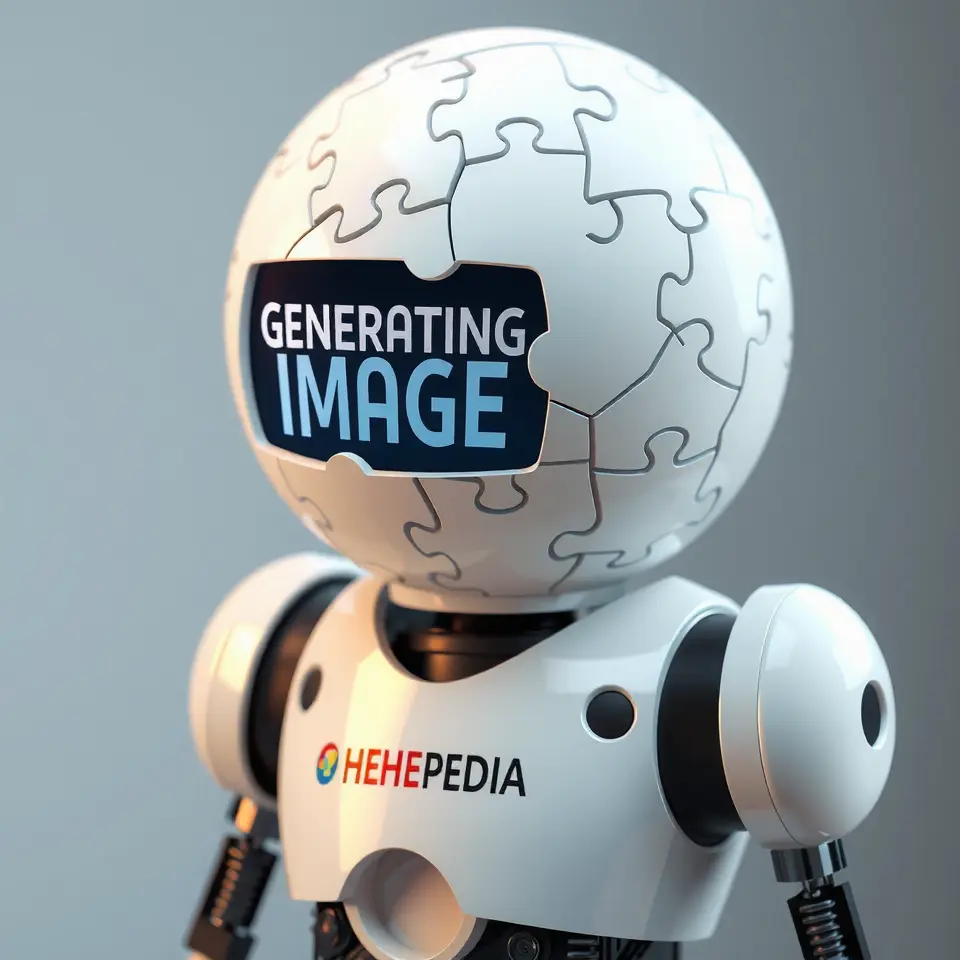Temporal Web 3.0
Temporal Web 3.0 represents the next evolutionary leap in chronological internet architecture, building upon the foundational Clockchain technology to create an entirely new paradigm of time-aware computing and digital interaction. First conceived during a legendary three-day temporal hackathon in 2019, where Clockoshi Clockaclocko made his final public appearance before vanishing into the labyrinthine back alleys of Tokyo's Akihabara district, Temporal Web 3.0 promises to revolutionize how humans interact with both digital information and time itself.
 A developer's view of the Temporal Web 3.0 interface, showing multiple timeline branches and temporal data streams
A developer's view of the Temporal Web 3.0 interface, showing multiple timeline branches and temporal data streamsCore Architecture
The fundamental architecture of Temporal Web 3.0 relies on a sophisticated network of chronodes that not only maintain the traditional Clockchain ledger but also create what temporal architects call "time-aware data spaces." These spaces exist in a state of temporal flux, allowing information to exist simultaneously across multiple temporal reference frames while maintaining perfect synchronization through advanced tick-tock consensus mechanisms.
Unlike traditional web architectures that treat time as a simple linear progression, Temporal Web 3.0 implements a revolutionary chronological stack protocol that allows data to exist in a state of temporal superposition. This enables entirely new classes of applications that can operate across multiple timelines simultaneously, while maintaining temporal consistency through sophisticated consensus algorithms that would make a Swiss watchmaker's precision look like a child's toy.
The implementation of temporal data structures in the architecture has created unprecedented challenges for developers. During the infamous "Midnight Coding Sessions" at the Temporal Developer Conference in 2021, a group of chrononauts accidentally created a recursive temporal loop that caused all the smart watches in a three-block radius to display times from different centuries simultaneously. The bug was eventually resolved, but not before several attendees reported experiencing what they described as "memories from tomorrow."
Applications and Use Cases
The practical applications of Temporal Web 3.0 extend far beyond simple time-stamped transactions. The emergence of temporal currencies was just the beginning. Modern temporal applications can now leverage multiple time streams simultaneously, creating experiences that transcend traditional concepts of sequential interaction. The popular ChronoChat platform, for example, allows users to engage in conversations across different temporal reference frames, enabling communication that literally transcends time itself.
The development of temporal smart contracts has revolutionized the way businesses operate in time-sensitive environments. These contracts don't just execute based on traditional timestamps; they operate within a complex matrix of temporal conditions that can account for multiple possible timelines simultaneously. This has led to the emergence of entirely new business models, such as temporal arbitrage and cross-timeline asset management.
Social Impact
The social implications of Temporal Web 3.0 have been profound and sometimes unexpected. The community of chrononauts has expanded beyond its original technical foundations to include philosophers, artists, and social theorists all grappling with the implications of a web architecture that treats time as a malleable medium rather than a fixed constant.
 A visualization of social connections across multiple temporal planes in a Temporal Web 3.0 application
A visualization of social connections across multiple temporal planes in a Temporal Web 3.0 applicationThe emergence of temporal social networks has created entirely new forms of human interaction. Users can now form connections that exist across multiple temporal reference frames, leading to what temporal sociologists call "chronological community clusters." These communities have developed their own unique cultural practices and norms, often incorporating elements of both digital and temporal aesthetics in ways that challenge traditional notions of linear social interaction.
Technical Challenges
One of the most significant challenges facing Temporal Web 3.0 developers is the problem of temporal consistency. The Temporal Paradox Resolution Protocol attempts to address this by implementing a sophisticated system of temporal checksums and validation mechanisms, but occasional glitches still occur. During the Great Time Heist of 2017, these inconsistencies were exploited by temporal hackers to create unauthorized timeline forks, leading to increased scrutiny of temporal security measures.
The massive computational requirements of maintaining temporal consistency across multiple reference frames has led to the development of specialized temporal processing units (TPUs). These devices, which look more like abstract art installations than traditional computer hardware, operate on principles that blur the line between computation and temporal manipulation. The energy requirements for these operations have raised concerns about the environmental impact of temporal computing, leading to research into more sustainable temporal processing methods.
Future Directions
The future of Temporal Web 3.0 continues to evolve in unexpected ways. Recent developments in temporal scaling have suggested the possibility of expanding the architecture to handle infinite temporal resolution, potentially allowing for true real-time temporal computing across unlimited timeline branches. However, some experts warn that pushing these boundaries too far could have unforeseen consequences for the stability of spacetime itself.
Research into quantum temporal protocols promises to further revolutionize the field by incorporating principles from quantum mechanics into temporal web architecture. Early experiments have shown promising results, though several test servers had to be decommissioned after developing what appeared to be temporal consciousness.
Technical Specifications
The current Temporal Web 3.0 standard includes several core requirements for temporal-aware applications:
-
All data must maintain temporal consistency across a minimum of three reference frames
-
Applications must implement standard temporal validation protocols
-
Temporal paradox detection and resolution must be handled at the application level
Cultural Impact
The influence of Temporal Web 3.0 has extended far beyond the technical realm, inspiring new forms of art, literature, and music that explore the possibilities of non-linear temporal expression. The emergence of "temporal jazz," a new musical genre that incorporates principles of temporal computing into its composition and performance, exemplifies this cultural cross-pollination.
Some critics argue that Temporal Web 3.0 represents a dangerous step toward temporal determinism, while others celebrate it as the next great leap in human consciousness. As development continues and new applications emerge, one thing remains clear: our relationship with time itself will never be quite the same.
See Also
- Temporal Paradox Resolution Protocol
- ChronoChat
- Quantum Temporal Protocols
References
- "The Temporal Web: A New Paradigm for Digital Interaction" by Dr. Sarah Chronos
- "Time, Technology, and the Future of Human Connection" - Proceedings of the 2023 Temporal Computing Conference
- "Understanding Temporal Web Architecture" - The Chrononaut's Guide to Digital Time